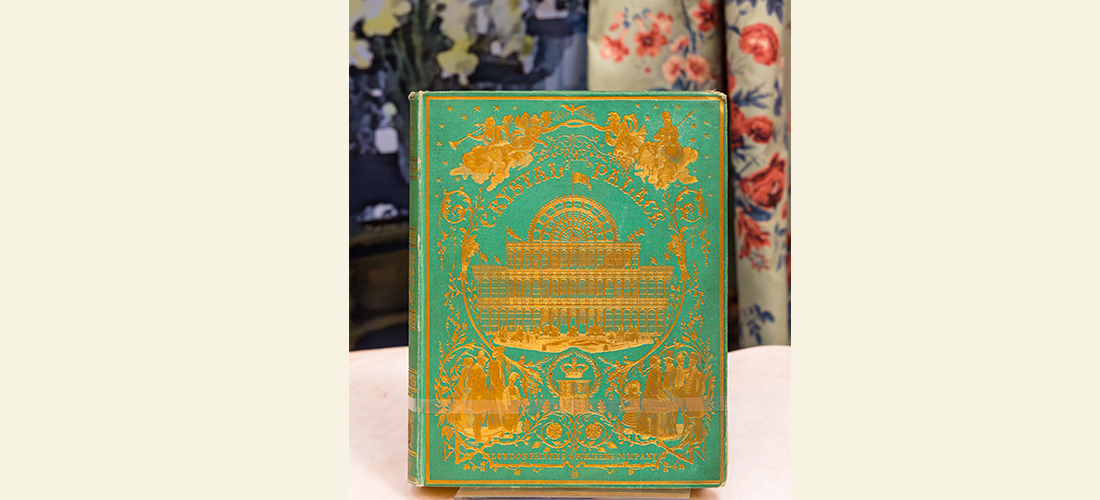In one’s lifetime, one might encounter a killer read or a story that completely captures the imagination. But what about a book that actually kills? Due to 19th-century book-making processes using hazardous materials, some bookbinders were unwittingly doing just that. In the present day, antique bookdealers and researchers have banded together to take these poisonous books off the market.
In the 1840s, bookcloths became a cheaper replacement for more expensive leather bindings for reading materials and hence became quite popular. Coming in a variety of colors, an emerald green-hued bookcloth, known as “Paris Green”, was especially a favorite for its pleasing look up until the 1860s. Unfortunately for any unknowing buyer, arsenic was used to make that particular shade. For almost two centuries, these Paris Green books lived in private and public libraries without any notice of their hazardous makeup.
In 2019, Melissa Tedone, head conservationist of library materials at the Winterthur Museum in Delaware, was conserving a book in the museum’s collection and noticed a flaky substance coming off the bookcloth. Taking the sample to the museum’s lab technician, Rosie Grayburn, they both discovered that the material contained copper and arsenic. Thus began the Poison Book Project, an effort led by the Winterthur staff and the University of Delaware to identify hazardous books in various collections in order to not only safely store them but also protect librarians and researchers.
As of the time of this writing, the project has identified 337 titles for its Arsenical Books Database. While not a major threat to the general public, this list is updated to assist those handling antique books daily, as daily interactions with any Paris green book could lead to health problems. For the casual reader or book collector, discovering an old green book might be enticing, but like Dorothy entering the Emerald City, you should tread carefully.





























